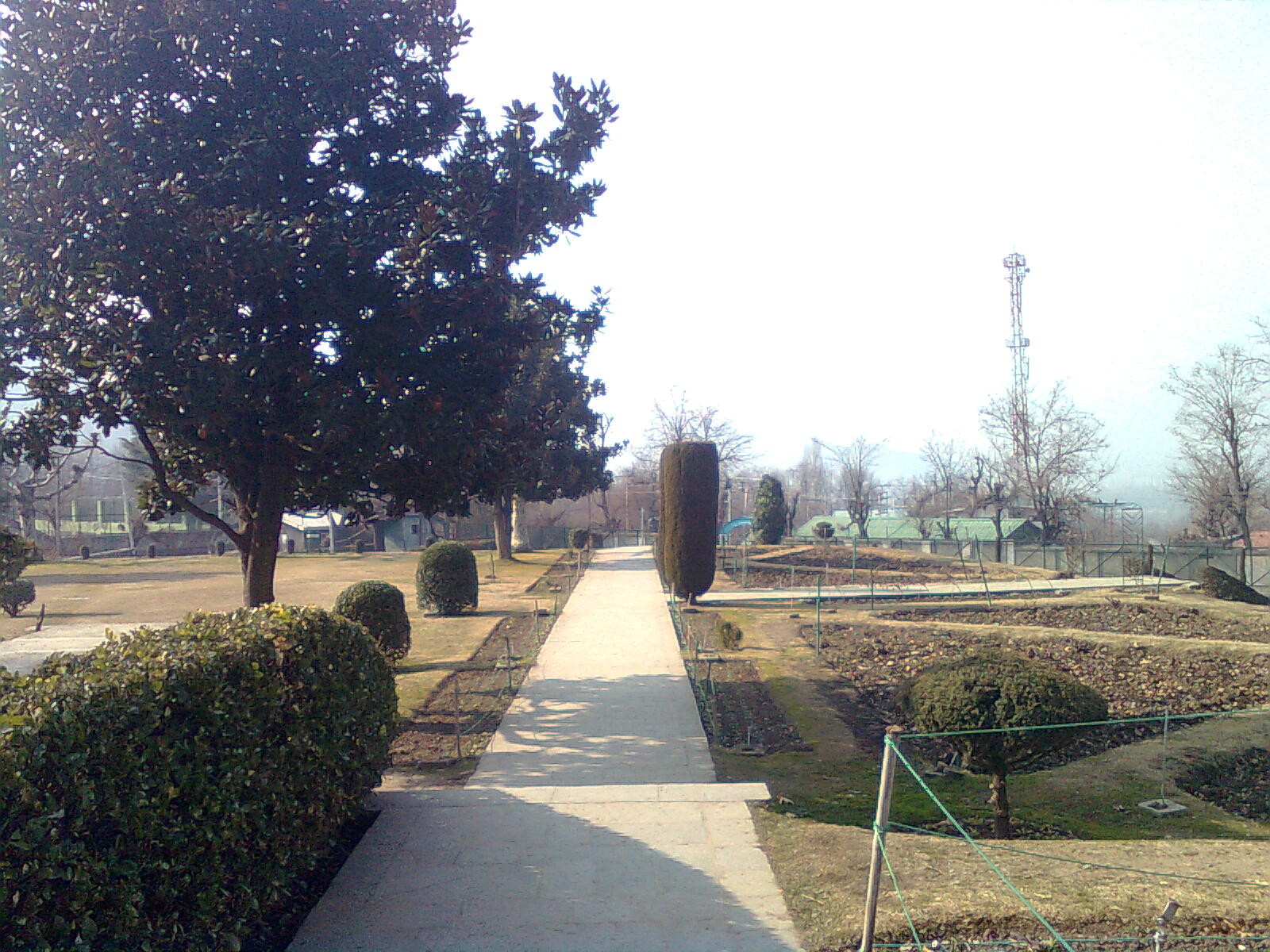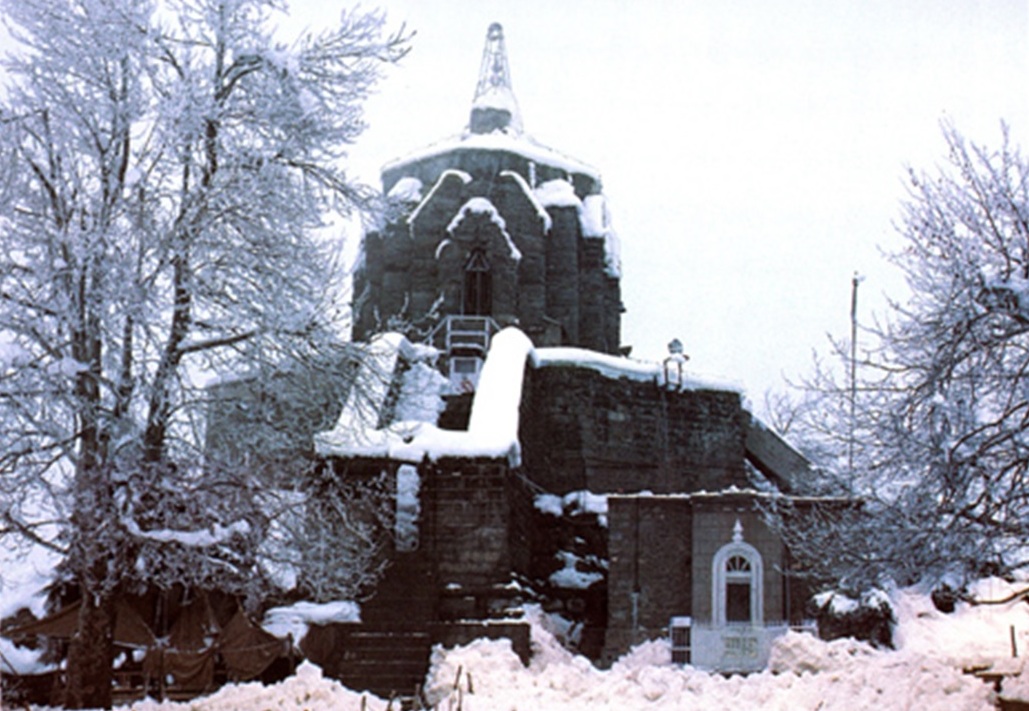Chashme Shahi represents a remarkable testament to Mughal architectural brilliance, embodying the sophisticated landscape design of 17th-century Kashmir. Constructed in 1632 by Ali Mardan Khan, this garden was a royal gift from Emperor Shah Jahan to his eldest son, Prince Dara Shikoh, reflecting the intricate familial and political dynamics of the Mughal court.
The garden's name, translating to "Royal Spring," originates from a mountain spring discovered by Rupa Bhawani, a revered female saint from the Sahib clan. This spring, surrounded by a traditional red-walled Mughal pavilion, forms the garden's central narrative and aesthetic focal point. Its waters cascade through multiple terraces, creating a mesmerizing choreography of fluid movement and architectural precision.
Architecturally, Chashme Shahi exemplifies the nuanced Mughal garden design, characterized by meticulously planned terraces, geometric water channels called Chadars, and strategically positioned fountains. The garden's three distinct levels demonstrate an extraordinary understanding of landscape engineering, with water flowing seamlessly from the uppermost terrace to the lowest, creating a harmonious visual and auditory experience.
The garden's historical significance extends beyond its aesthetic appeal. It was a site of both personal reflection and political intrigue, with Prince Dara Shikoh utilizing the adjacent Pari Mahal for astrological studies. Tragically, this same location witnessed his assassination in 1659 by his brother, Emperor Aurangzeb, symbolizing the brutal power struggles within the Mughal royal family.
Situated against the magnificent Zabarwan mountains and overlooking the iconic Dal Lake, Chashme Shahi offers a breathtaking panoramic vista that captures the natural splendor of Kashmir. Its strategic location and design make it more than just a garden—it's a living canvas that reflects the cultural and artistic sensibilities of the Mughal era.
The site's cultural importance is further enriched by poetic inscriptions and historical anecdotes. A notable verse found at the location, which translates to "I inquired of him regarding the date of the spring/He replied: Say 'Kausar-i Shahi'," not only provides historical context but also demonstrates the literary sophistication prevalent during the Mughal period.
In contemporary times, Chashme Shahi has transformed from a royal retreat to a celebrated tourist destination. Open from March to November, it attracts visitors worldwide who are drawn to its serene atmosphere, historical depth, and exquisite Mughal landscaping. Recent renovations have carefully preserved its historical integrity while providing structured, accessible visitor experiences.
The garden remains a profound symbol of Kashmir's rich cultural heritage, representing a delicate intersection of natural beauty, architectural mastery, and historical narrative. It continues to stand as a testament to the Mughal Empire's artistic vision, inviting contemporary visitors to walk through living history and experience the timeless elegance of a bygone era.





